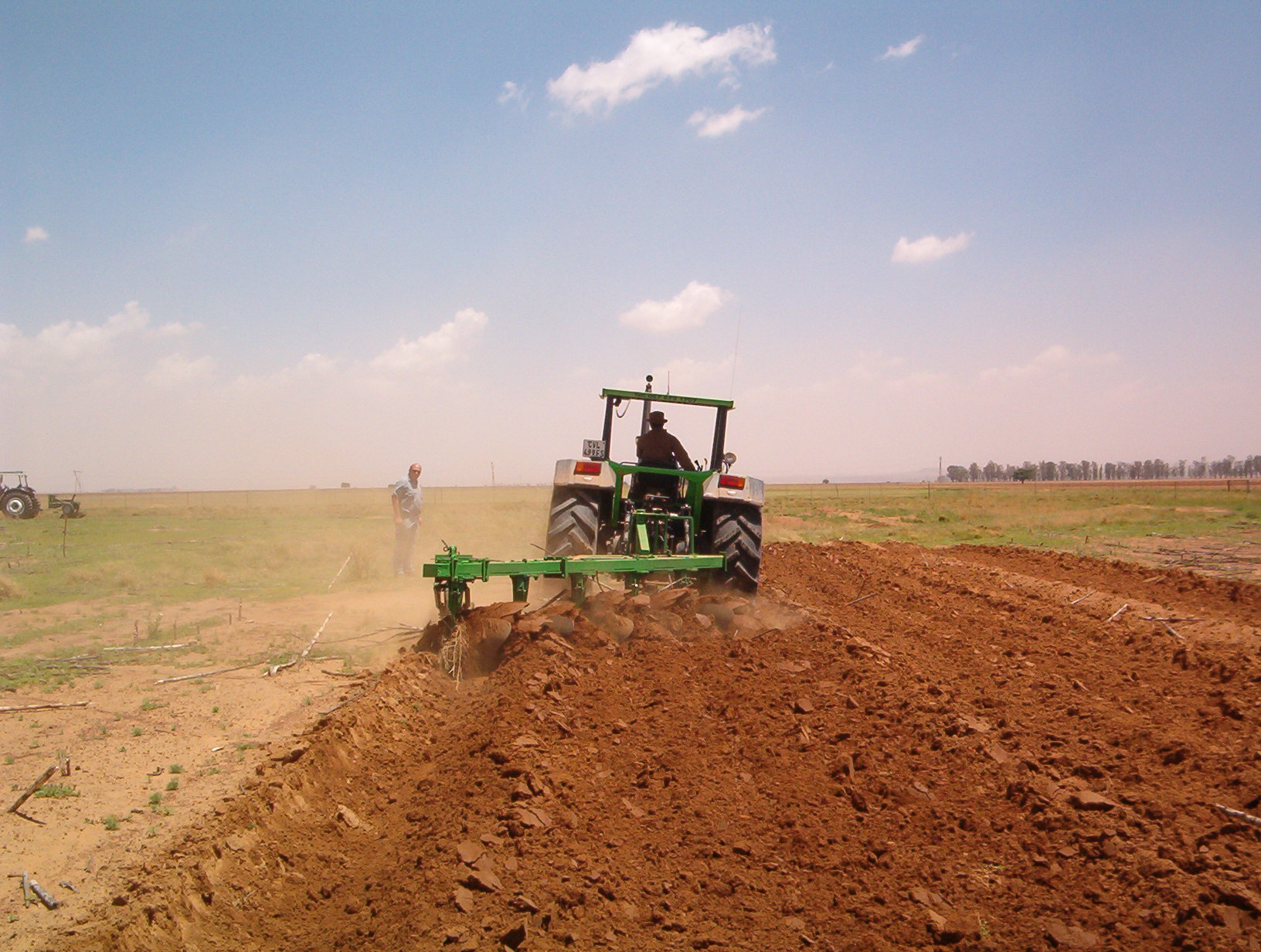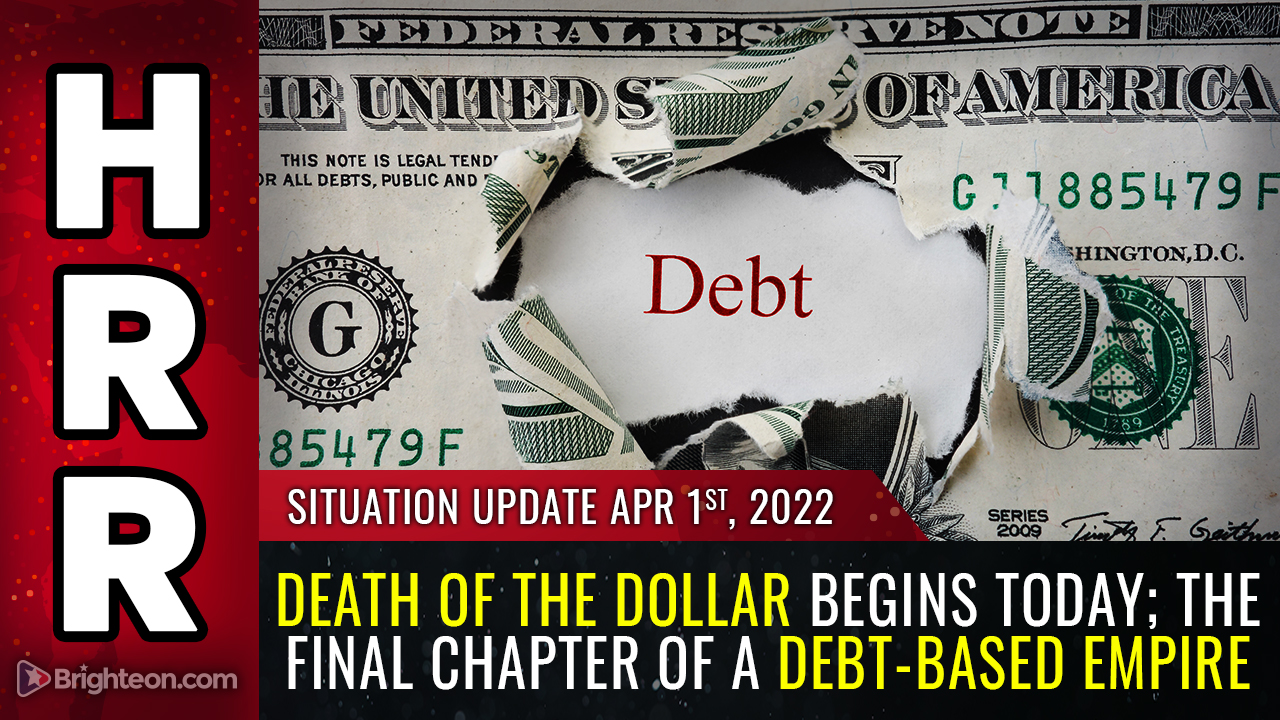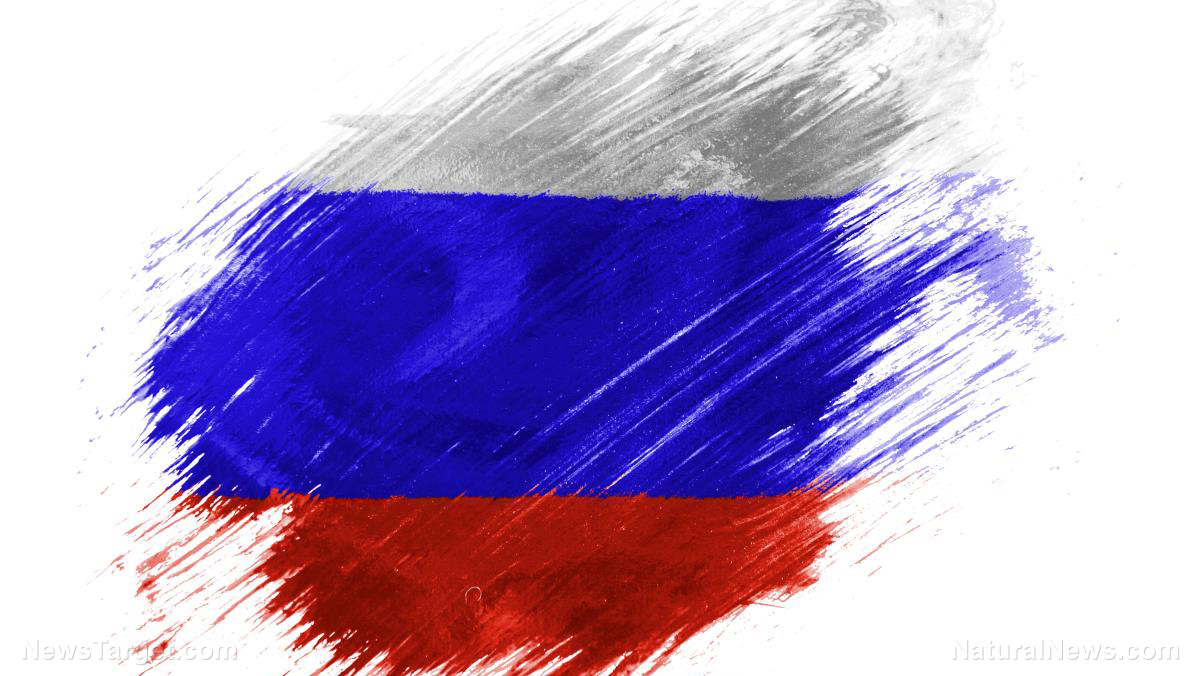
Crop planting and yields affected worldwide
In South America, Brazil is particularly impacted by the Russia-Ukraine conflict. Brazil imports over 80 percent of its total fertilizer needs and almost 100 percent of its nitrogen fertilizer from Russia. To circumvent their concerns and ensure fertilizer supplies for upcoming crop cycles, the Brazilian government has announced an emergency National Fertilizer Plan in which they intend to produce 40 percent of their own fertilizers by the year 2050. Today, however, Brazil only produces about four percent of its own nitrogen-based fertilizers. (Related: Russia-Ukraine war will further worsen global food shortage as poor nations face starvation, unrest.) Fertilizer concerns are also compounded by the drought, creating expectations that the harvest of Brazil's soybeans, corn, sugar and rice crops will be lighter in both acreage and yields. That is the reason why U.S. farmers cycle out of rice and into soybeans. China's demand for such does not fade with the acres reduced by drought or yield reduced by unavailable fertilizer. In Asia, the fluctuation of the baht has Thai prices bumping to over $410 per metric ton (pmt). In the last three months, Thai prices have already increased by seven percent. Viet prices, on the other hand, are holding steady at just over $400 pmt, and have fluctuated less than five percent in the last three months. India and Pakistan are at lower price points, around $360 pmt for the last three months and into the current cycle. Weekly U.S. Department of Agriculture export sales reports also showed that net sales for the week at 36,700 million tons (MT) were down 48 percent from the previous week, and 61 percent from the prior four-week average. (Related: Food insecurity worsening already following Russian invasion of Ukraine, as countries begin withholding exports and hoarding commodities.) Increases were primarily for Mexico (14,700 MT), Japan (13,300 MT), Nicaragua (5,400 MT), Canada (2,500 MT) and Guatemala (1,500 MT), which were offset by the reductions for Costa Rica (1,500 MT). Exports of 21,600 MT were also down 73 percent from the previous week and 74 percent from the prior four-week average, with primary destinations including Haiti (15,300 MT), Canada (3,200 MT), Mexico (2,000 MT), Taiwan (300 MT) and Hong Kong (200 MT). Follow Inflation.news for more stories about rising food and oil prices. Watch the video below to know how inflation and oil prices are affecting people worldwide. This video is from the Dustin Nemos channel on Brighteon.com.More related stories:
The world is headed for a rocky commodities and energy market in 2022: Here are 3 reasons why.
Price of wheat soars to record high as war between Russia and Ukraine continues.
Sources include: AgFax.com WLFI.com Brighteon.comUS weapons package for Ukraine includes 100 KILLER DRONES
By Arsenio Toledo // Share
About half of US lakes, rivers are too polluted for swimming, fishing, drinking
By Kevin Hughes // Share
Russia offering SWIFT alternative to India for ruble payments
By News Editors // Share
Death of the dollar begins TODAY; the final chapter of a debt-based empire
By Mike Adams // Share
By Lance D Johnson // Share
A botanical boost: New serum harnesses tropical plant to accelerate hair growth
By willowt // Share
Ember & Edge: The lost art of self-reliance in a fragile world
By kevinhughes // Share
Trump issues veiled threats to Mexico, Colombia and Cuba following Venezuela military operation
By bellecarter // Share
Russia condemns U.S. capture of Venezuela's Maduro as "armed aggression"
By avagrace // Share











